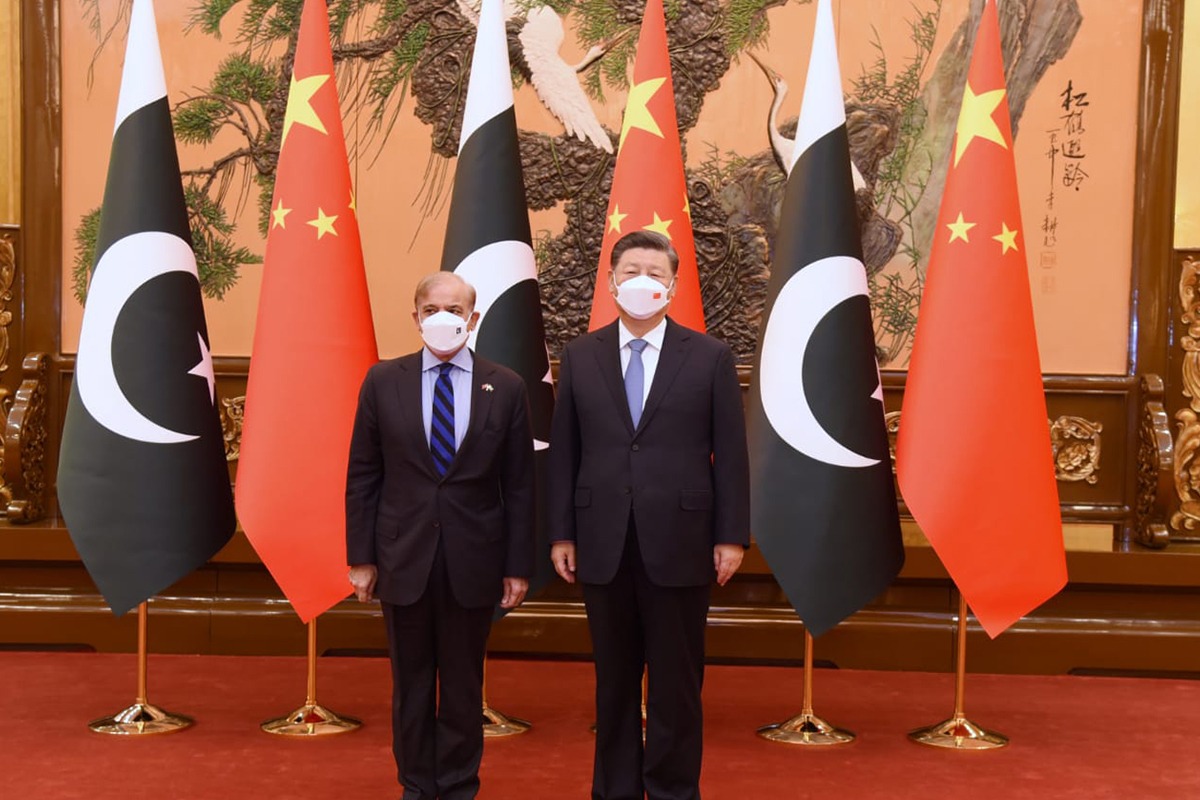Recent statements of defence minister Rajnath Singh and the corps commander in Srinagar reveal that some of those in authority are considering aggressive moves to retake areas of Jammu and Kashmir that are currently controlled by Pakistan, widely referred as “Pakistan-occupied-Kashmir”.
Referring to a 1994 parliamentary resolution, Singh, during his recent J&K visit, said India’s northward journey would only be complete when it reached Gilgit-Baltistan (the northern areas of Jammu and Kashmir, which have been under Pakistan since 1947). He made the remarks in central Kashmir’s Budgam on October 27, where he was commemorating the arrival of Indian troops in the state on that day in 1947.
That could have been passed off as political rhetoric, but the statement earlier this week by the normally understated and professional Lt Gen ADS Aujla, the commander of the Srinagar-based Chinar Corps, makes one sit up and take notice. Aujla said the army was “fully prepared for action” if it received instructions from the political authorities.
Poll violence could be a springboard
Plans for reintegrating J&K must be read alongside recent reports that violence could occur during Assembly elections for the union territory of Jammu and Kashmir. A former DG of Police of the erstwhile state wrote that Pakistani authorities had decided at a meeting to instigate violence during polls in Kashmir. During a visit in September, I heard speculation about the possibility of violence during elections even among policymakers as far afield as Washington DC.
Surely, violence during elections would spur plans, if indeed such plans are being developed, to take over northern and/or western portions of the state. Public anger across the country over poll violence would surely fuel such plans, affecting even those who might otherwise be skeptical about war.
So far, Assembly elections have passed off without significant violence over the past three decades of insurgency. Even in 1996, when rural Kashmiris insisted that they would only go to polling booths if it seemed as if the Army was forcing them, elections were successfully held — with about 20 to 30 per cent turnout in rural parts of the Valley. The numbers have climbed high in subsequent elections.
China controls Gilgit, the strategic hub of J&K
The long-established national goal of reintegrating parts of the state that have been separated from it is unexceptionable. In fact, I have been pressing for Indian policymakers to focus on Gilgit, Skardu, and other northern areas of the state.
When then US President Donald Trump visited India in February 2020, I had written that New Delhi should propose that Gilgit be turned into an international crossroads which may be used by other countries than just China and Pakistan.
India has the locus standi, since it claims all that territory de jure. That said, however, policymakers must factor in the Sino-Pak axis. Gilgit is the fulcrum of the China-Pakistan Economic Corridor, for the Karakoram Highway passes right across the state of Jammu and Kashmir. Indeed, there are Chinese installations and troops in several places that are meant to be under Pakistan’s control.
It would be a bit blinkered, therefore, to think only of taking over areas under Pakistan without catering for China’s almost inevitable involvement. China already holds Aksai Chin, a third of the territory that India counts as part of Jammu and Kashmir. It has shown belligerence since March 2020, advancing at several points from areas it already held. A lot of garrisons, armour, and other weaponry were then deployed right along India’s border with Tibet.
Whenever India engages Pakistan, Chinese armed forces could move forward at the Doklam pass, or in Arunachal, or any other point along the border. In such a scenario, a large part of the country’s war effort would have to be redirected to the east. This would thin out the Indian Army’s positions on both fronts and could be a great strain.
Pak could use tactical nukes
Another factor that must be taken into account is that Pakistan has pushed ahead the production of tactical nuclear weapons (TNWs) over the past several years. These are the sort of relatively low-yield nukes that strategists expect will be used in battlefields at some point.
Indeed, there has been great speculation over whether Russian President Vladimir Putin might decide to use TNWs in Ukraine. He has threatened to use nuclear weapons since the very start of what he calls a special military operation in February this year.
Although these weapons are known as battlefield weapons, and may not devastate cities, they would certainly add a horrifyingly destructive element to any war scenario. They should not be taken lightly. Of course, there is no gainsaying the fact that the Indian soldier is the bravest, most determined, and well-trained there is. That is the country’s great strength and hope.
(David Devadas is a journalist and security, politics and geopolitics analyst.)
Disclaimer: Views expressed above are the author’s own










